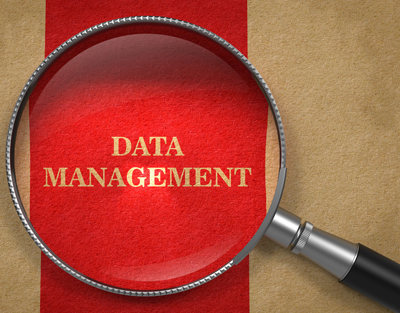
FOIA Machine: FOIA Machine is a free online tool that streamlines the creation, filing, and tracking of Freedom of Information Act (FOIA) and other global transparency requests. The FOIA Machine website ensures proper filing and tracking of these requests. The features of FOIA Machine include:
- Request creation wizard
- Request dashboard
- Professional request creation tool
- Basic information pages
- Reminder notifications
Public Insight Network (PIN): Public Insight Network or PIN by American Public Media is one of the most reliable sources of information for a journalist. A data base of first person accounts, PIN is a network of people willing to act as public sources. It allows them to share their ideas/experiences directly in the newsroom. PIN can be used to find sources for community level stories or stories that have specific target group in mind. One example of a recipient of Public Insight Network engagement funding is KPCC in Pasadena, California which facilitates a series of listening sessions and outreach efforts to engage with Southern Californians on the topic of mental illness.
Ushahidi: Ushahidi is one of the most widely used open-sourced mapping tools that can be used for a variety of applications, especially for collecting and visualizing information about crisis situations and managing them. This platform allows users to submit reports via phone, email, text message or Twitter. Real-time data mining allows journalists to collect relevant data from these reports. The Ushahidi SwiftRiver platform allows reporters to further sort and prioritizes information, while Crowdmap allows them to set up their own deployment of the Ushahidi Platform.
TileMill: Journalists can use TileMill for designing interactive maps that show how data are spread over a particular area. Graphics and images can be used to make the news content more understanding and interesting.
Tableau Public: Tableau Public is an advanced model of TileMill. TileMill require the knowledge of computer coding to operate where as Tableau Public uses a drag-and-drop method to help compile graphs, charts and other data visualizations.
PANDA Project: The PANDA Project is a web-based open source tool that allows journalists to share data within their newsroom or organization. News organizations usually have tons of data ranging from Census numbers to DWI records and housing prices, which will be stored either in paper based documents or digital format. Instead of allowing the data in digital documents to die on a forgotten disk drive or microfilms and microfiche, converting them and housing them in PANDA, where it can be easily accessed. It acts as a repository of news (like Google) that allows journalists to search for the information they need.
Census.IRE: Journalists can easily access U.S. census data from Census.IRE.org. The site is fairly straightforward, allowing users to browse data by state, county, place, and explore from there into age, race, gender and other factors.
iWitness: iWitness is an open source web application that helps journalists to filter by text, photo or video to find content shared by time and location valuable content by searching social media platforms such as Twitter and Flickr. Searches can be live, to see what is happening at the moment.
Popcorn Maker: Popcorn Maker is a video-editing tool that allows the inclusion of different online media elements – from social media to audio. It adds interactive features to videos, such as click-through links, maps, social media and articles from other websites.
Atavist: Atavist allows journalists to bring together various elements such as text, video, audio and animation in reports. It also helps in grouping related stories, photos and resources in a single app, e-book or magazine.
These tools make the data management task much easier and can help process and design otherwise-cumbersome data sets in a way that makes them easily accessible for stories.
Social Media and storytelling: Putting together a final project of text, images and data can be a lengthy task; these sites help with compiling and promoting stories.



